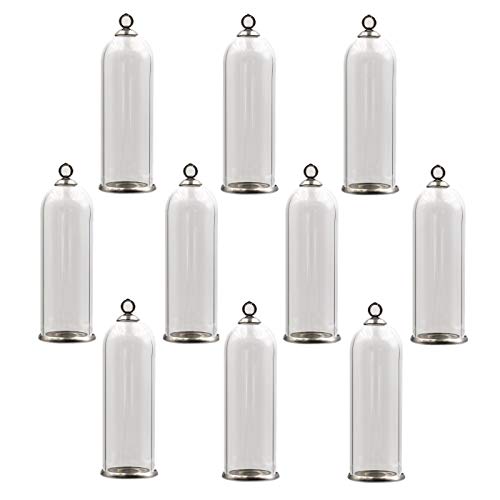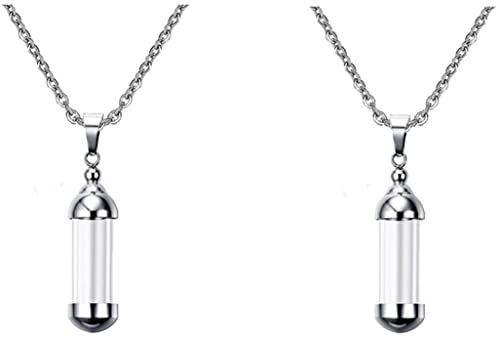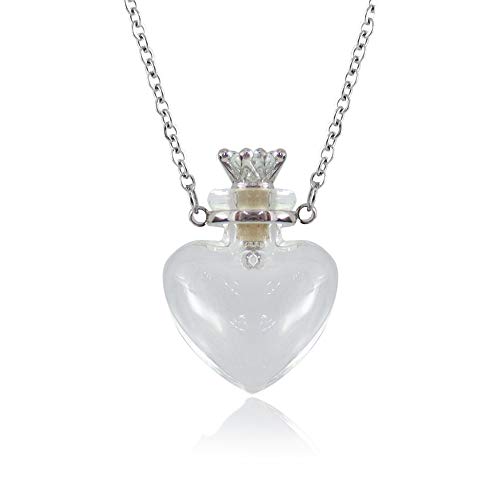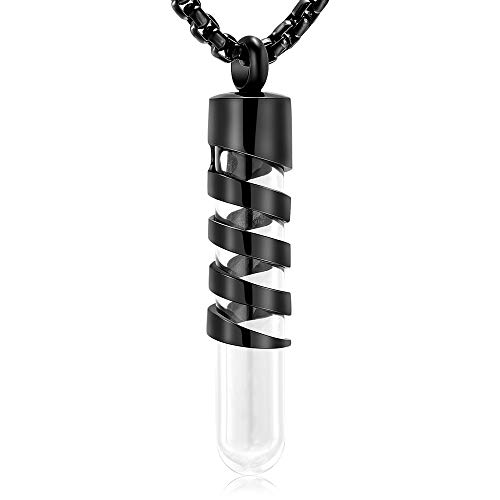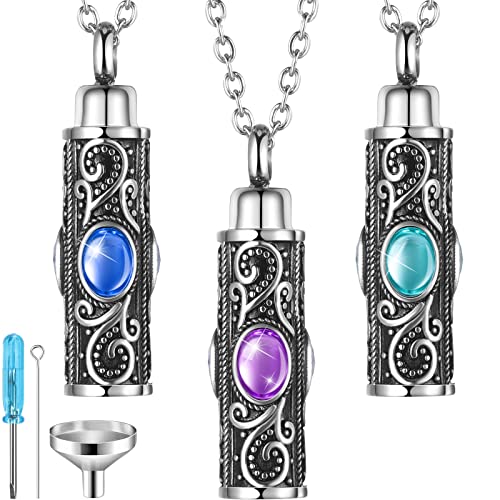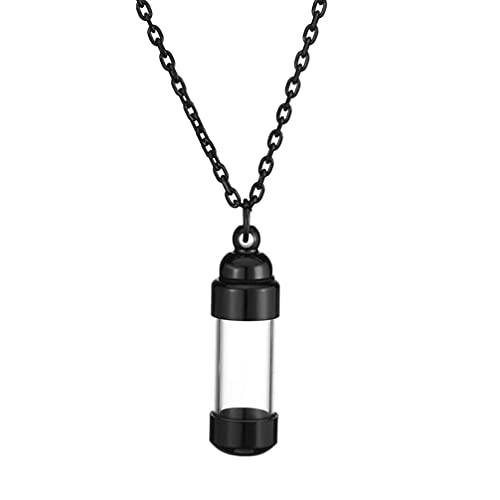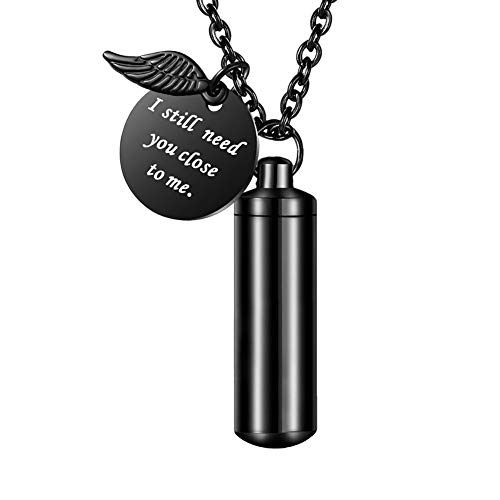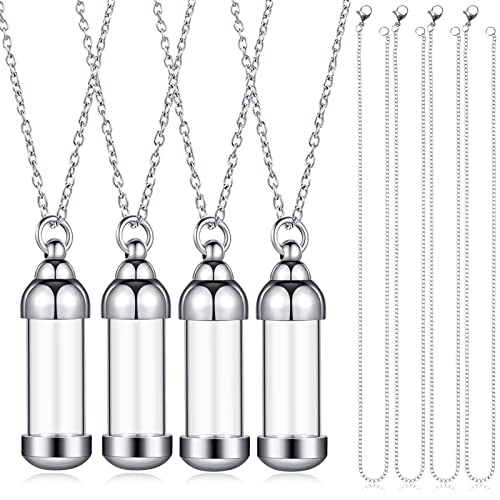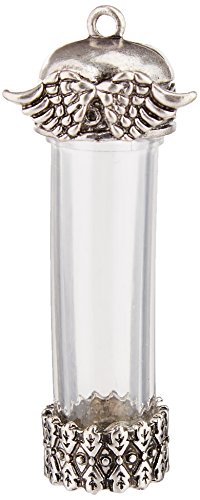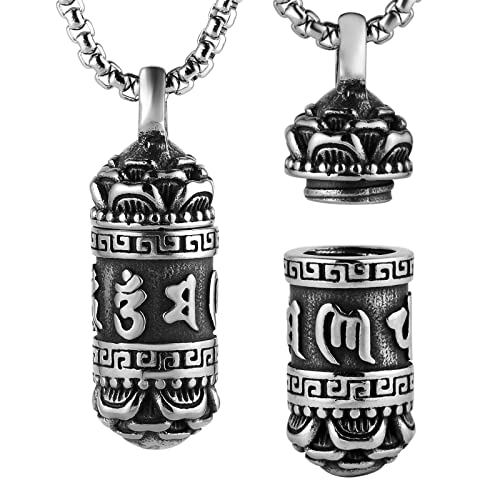Your cart is currently empty!
Blood Vial Necklace
The History of Blood Vial Necklaces: How They Became a Popular Accessory
Blood vial necklaces have become a popular accessory in recent years, but their history dates back centuries. The earliest known example of a blood vial necklace dates back to the 16th century, when it was worn by a Spanish nobleman. The vial was filled with his own blood, and was believed to protect him from harm.
In the 19th century, blood vial necklaces became popular among the upper classes in Europe. They were often filled with the blood of a loved one, and were believed to bring good luck and protection. This trend spread to the United States in the early 20th century, where they were worn by celebrities and socialites.
In the late 20th century, blood vial necklaces began to be seen as a fashion statement. They were often filled with colored liquids, such as perfume or essential oils, and were worn as a way to express one’s individuality.
Today, blood vial necklaces are a popular accessory among both men and women. They are often filled with a variety of liquids, such as perfume, essential oils, or even the wearer’s own blood. They are seen as a way to express one’s personality and style, and are often used as a conversation starter.
The Meaning Behind Blood Vial Necklaces: What They Symbolize
Blood vial necklaces are a popular form of jewelry that symbolize a variety of things. They are often seen as a symbol of strength, courage, and resilience. They can also represent a bond between two people, such as a romantic relationship or a friendship. Additionally, they can be used to commemorate a special event or moment in one’s life. Blood vial necklaces are also seen as a reminder of mortality, as they are often filled with a small amount of the wearer’s own blood.

